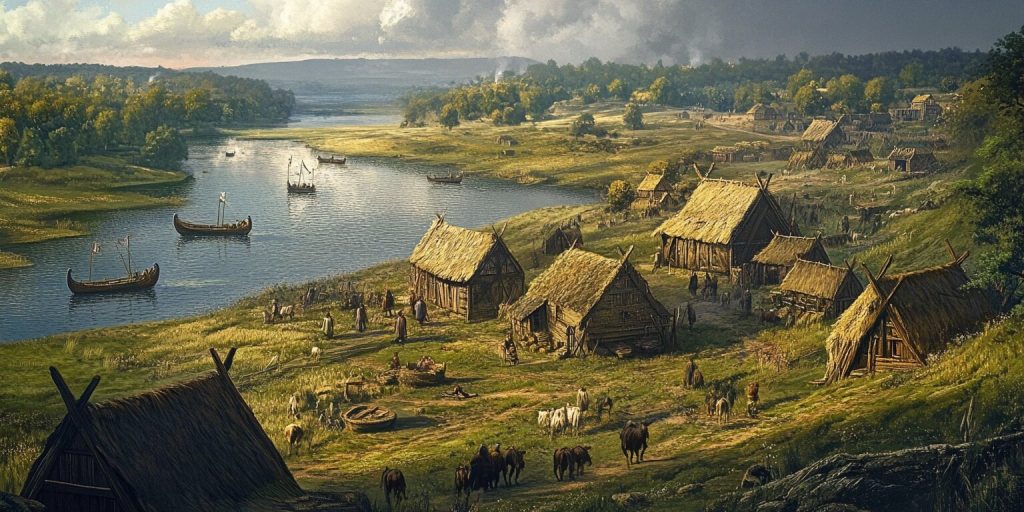Viking Sites, Vikings
Viking Sites in England
England is filled with Viking sites, such as those in Cumbria, that show the deep history of the Norse people. These sites take us back to the Viking era and show their impact on England. You can find these sites in busy cities and quiet coastal towns.
They tell us about the Vikings’ lives, trades, and raids. This guide will take you to important Viking sites in the UK. It’s perfect for those who love history or are just curious about the Vikings, especially in places rich in Norse heritage like Wessex.
Introduction
The Viking Age was from the late 8th to the early 11th centuries. It was a key time in British history, particularly in regions like Northumbria and Mercia. Northmen from Scandinavia came to the British Isles, changing the culture and politics there.
They launched raids and set up settlements. This had a big impact on the region. The stories of their adventures are full of bravery and innovation.
When we look at sites to visit in England, we see the Viking history all around. These places show us the past and the Vikings’ big role in English heritage. Artifacts and archaeological finds tell us about the Vikings and the local people’s interactions.
Let’s go on a journey to find England’s most important Viking sites. Each site has its own story and lets visitors feel the Viking spirit. They show how the Vikings helped shape the British Isles.
Featured Viking Sites
Exploring Viking history in England is a special way to learn about their culture. Key sites show us what life was like back then. They range from life-sized reconstructions to battlefields, including significant sites in Wessex and Mercia. Here are some top places to visit for Viking history fans.
Jorvik Viking Centre
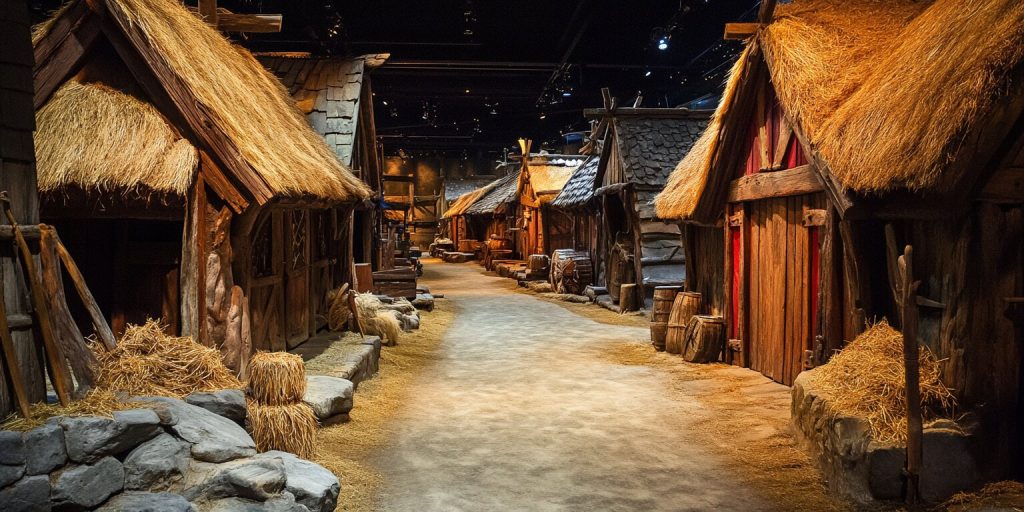
The Jorvik Viking centre in York lets you dive into Viking life. You can walk through a recreated Viking street. It’s like stepping back in time. The center also has many Viking artifacts to see, showing us how people lived.
Lindisfarne

Lindisfarne is famous for a big Viking raid in 793 AD. It’s called the “Holy Island.” You can walk around the Lindisfarne priory and think about the big changes it saw. It reminds us of the cultural and religious shifts during the Viking Age.
Repton
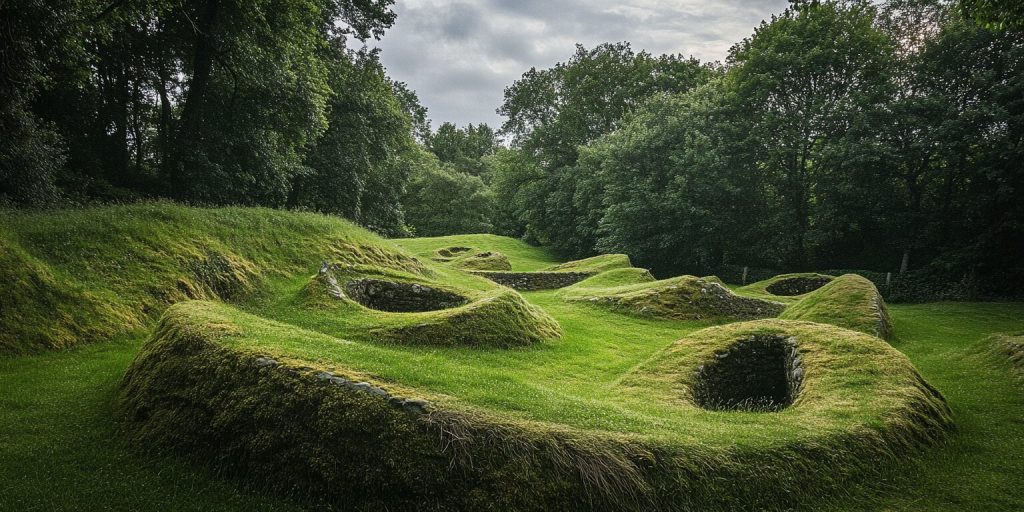
Repton is a key Viking burial site in England. Archaeologists found Viking leaders’ graves there. It shows us how Vikings buried their leaders and their beliefs about the afterlife.
Stamford Bridge
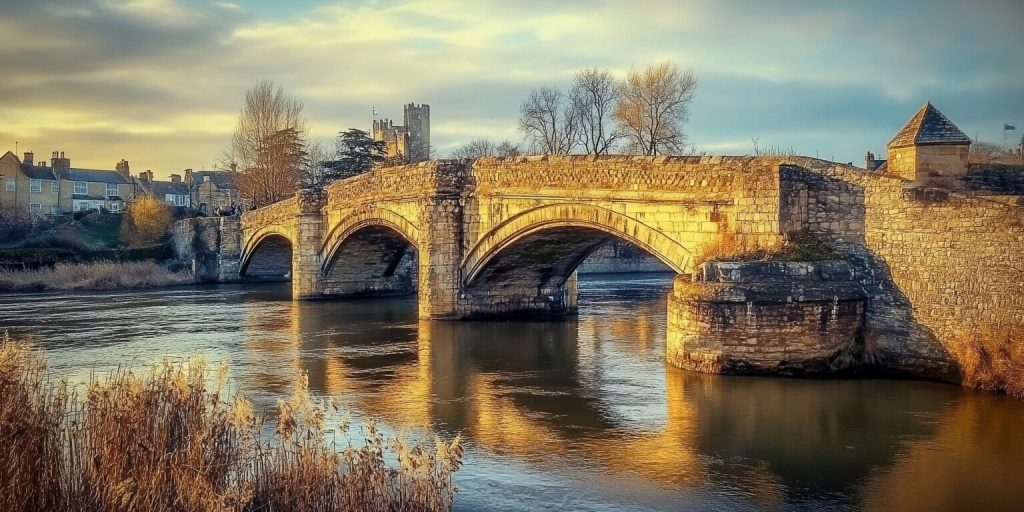
Stamford Bridge is where King Harold Godwinson beat Viking King Harald Hardrada in 1066. This important battle reveals the strategies used and their impact on English rule.
British Museum
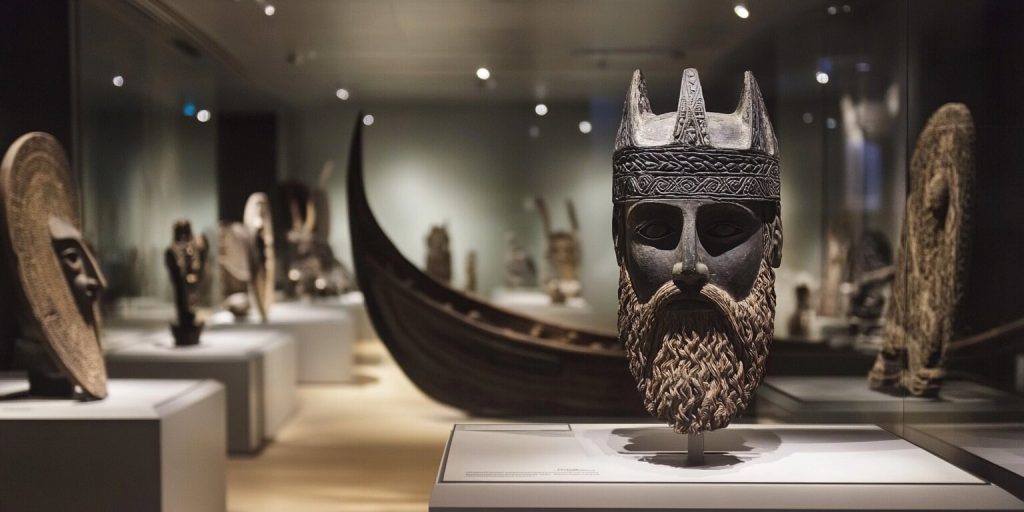
The British Museum has a huge collection of Viking artifacts, including weapons, jewelry, and everyday items. These exhibits are a great way to learn about Viking life and society.
Travel Tips
Planning your trip to see Viking sites in England is exciting and a bit tough. Here are some tips to make your visit better:
- Go during off-peak times to avoid big crowds. Early mornings or weekdays are usually quieter.
- Stay close to the sites for easy access. Consider local bed and breakfasts or lodges that showcase the area’s history.
- Use public transport or guided tours. Many places offer tours that go deep into Viking history, giving you great insights.
- Try local foods that show off the area’s flavors. This makes your trip even more interesting.
When you visit Viking sites, remember to bring comfy shoes. You’ll likely be walking a lot in historical areas. Also, check the weather to be ready for your trip to Viking sites in Derbyshire and Cumbria.
Follow these tips to enjoy Viking sites more and dive into the rich history of this era.
Cultural Insights & Viking History
The meeting of Anglo-Saxon and Viking cultures made England’s history-rich, especially in Northumbria. When Vikings came, they brought new tech and trade paths. This changed life, making both cultures’ customs and social setups different.
Viking life was all about community and family. They had unique ways of ruling that mixed democracy and monarchy. This changed how people governed in Anglo-Saxon areas.
Vikings believed in Norse myths, which mixed with Christianity, influencing the beliefs of monks in abbeys across England. This changed local traditions. Alfred the Great was key in this mix, promoting learning and understanding between beliefs.
- Technological advancements such as shipbuilding and craftsmanship.
- The expansion of trading networks connecting various regions, including Scandinavian territories, was crucial to Viking success.
- Integration of Viking customs into local Anglo-Saxon traditions can be seen in many areas, including Northumbria and Dorset.
Viking culture still affects today’s English society, as seen in language, art, and heritage. This mix of cultures is still studied and loved by many.
Final Thoughts
As we end our look at Norse heritage, let’s think about why these Viking sites England are so important. They show us the value of history and connect us to our past, including the treasures of Viking hoards discovered in various regions. Sites like the Jorvik Viking Centre and Lindisfarne let us see the deep cultural meaning behind them.
The study and care of Viking history are key to keeping their stories alive for the future. We learn about the mix of Viking and later cultures by visiting these places. Exploring Viking England lets us see stories of survival, trade, and sharing cultures.
Viking sites such as those in Dorset are a big draw for those who love history, seek adventure, or just want to learn. They remind us of a captivating time and encourage us to learn from our shared past. By visiting these places, we help keep Viking heritage alive in England.

